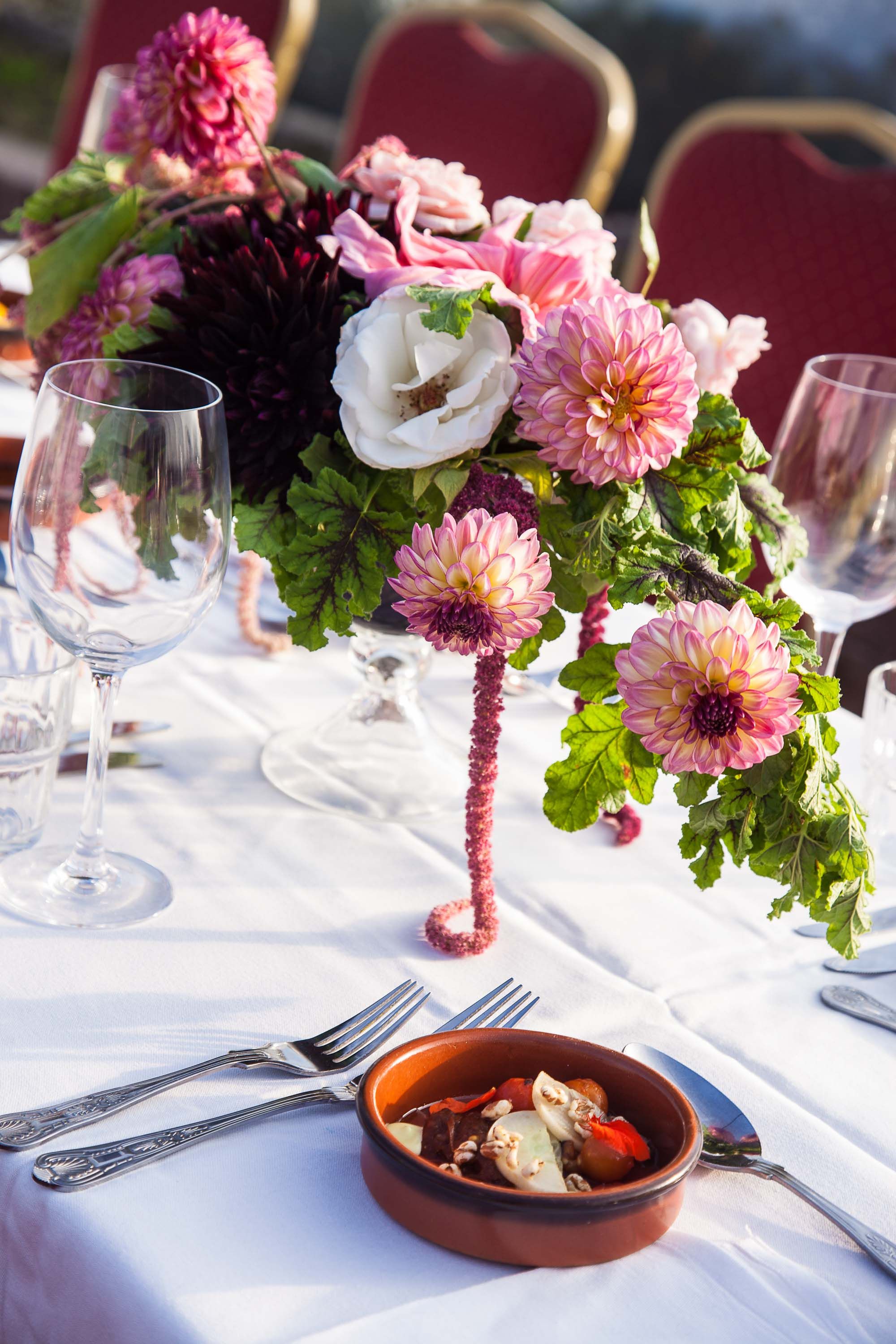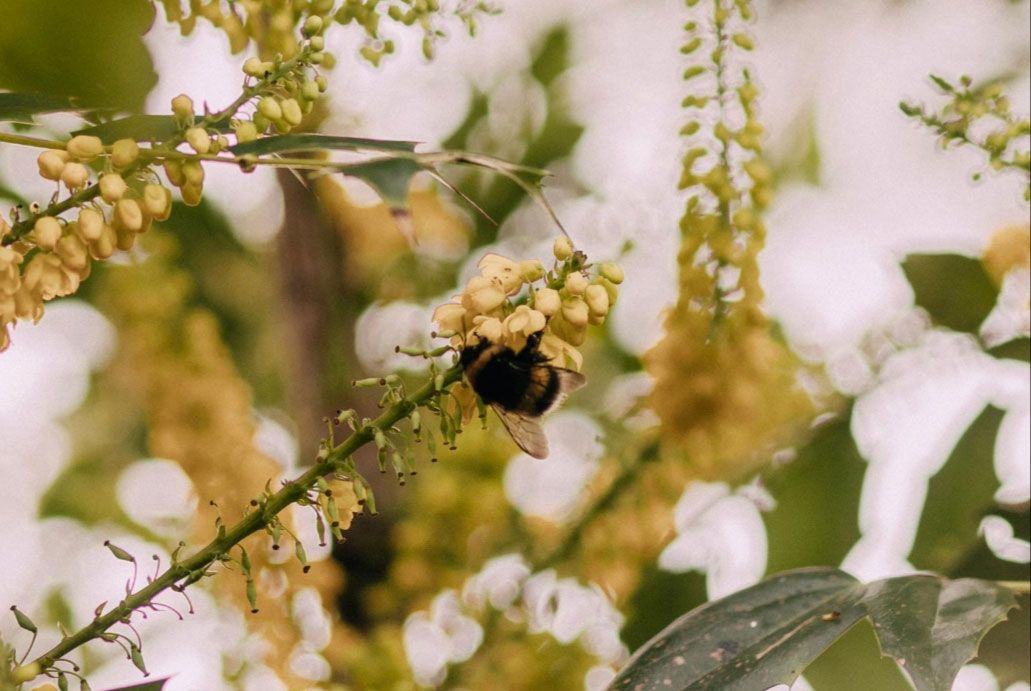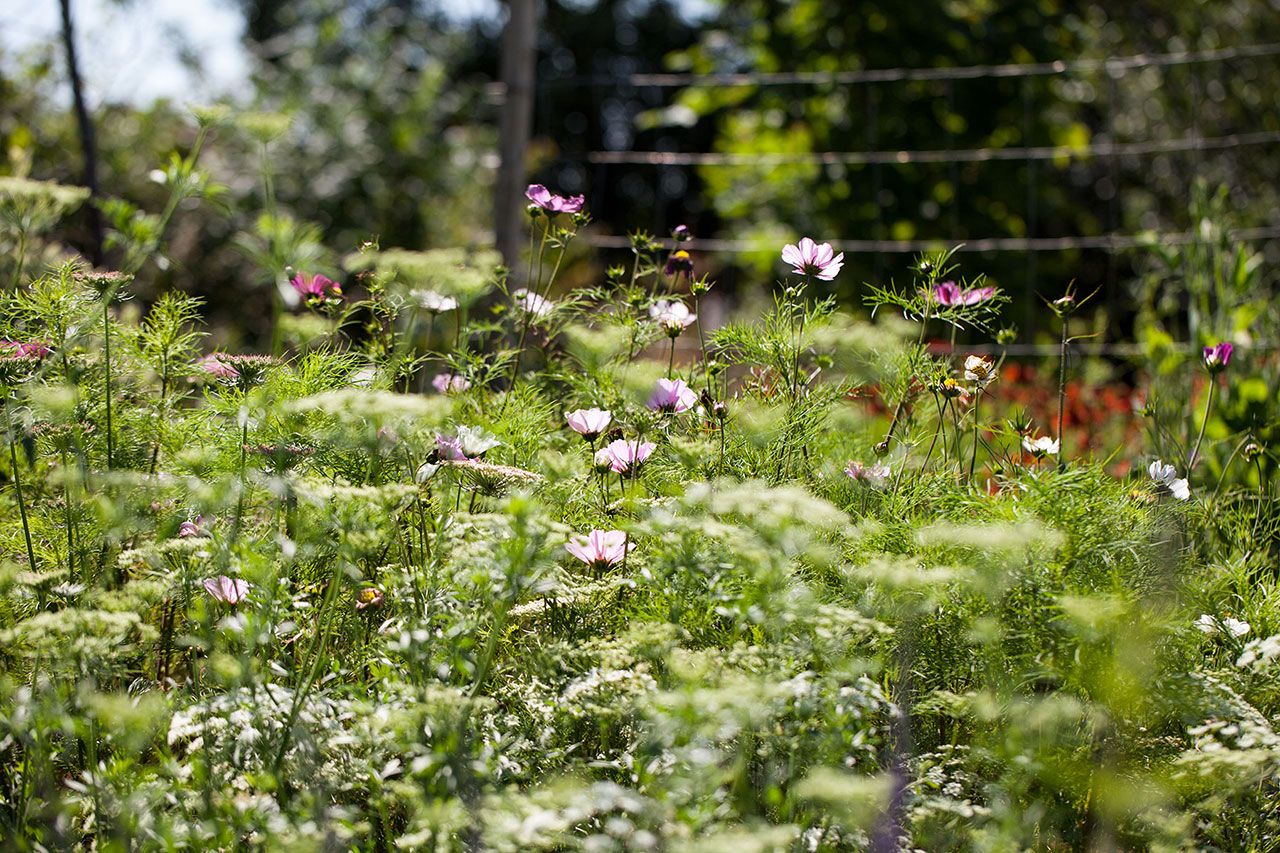Whether you have a postage stamp garden or a 5-acre field there is always something to be done to improve our native flora & fauna ‘s chances for survival and getting a good head start for spring. Winter is as good a time as any to get stuck in.
There’s a lot of information out there and it’s a case of sifting through it to find what’s really relevant and gives a full picture.
I’m no expert and all the information that I’m giving is through my own experiences and observations of starting a garden on a blank 4-acre field back in 2004.
Some of my recommendations will require a little investment of time and/or purchasing a shrub, plant or tree. Others can give instant gratification and pleasure.
For instance, with Christmas fast approaching this could be a great time to get your spring garden off to a productive start. Good garden centres will have a stock of early spring bulbs already potted up which make lovely gifts and can then be transplanted into the garden to flower and provide a food source in subsequent years.
There are a few things to note though, while all the modern hybridisation and engineering has produced bigger blooms in a myriad of colours this has been at the expense of nectar and pollen rendering them useless as a food source and especially modern pansies, polyanthus that are nothing more than floral deserts. These modern varieties are bred solely for humans and have no place in a wildlife friendly garden
If you’re looking for something a little more substantial and would like some evergreen winter colour and fragrance, then look no further than Mahonia. I can’t sing their praise enough. They are magnificently architectural, will tolerate shade, winter flowering, low maintenance and produces pollen and nectar in abundance. It provides a vital food source for honeybees if temperatures are warm enough, hoverflies, bumblebees especially Bombus terrestris who remain active here on the farm during winter. As a bonus from the pollination, they are dripping in edible miniature black grapes in early spring which I do leave to the birds, a firm favourite with my blackbirds.
There is a mahonia to suit most gardens from low growing varieties to tall shrubs reaching 15ft.
Winter heather Erica Carnea is another must-have plant. If you have room, plant a swathe of them as bees like to move from flower to flower. If you have a large garden then I would suggest several clusters of 5 to 7 plants in each.
Heather needs a reasonably rich soil that is moisture retentive and full sun, it also prefers acidic soil. While it takes a few years, they will make a wonderful ground cover carpet and another vital food source producing pollen and nectar for early emerging pollinators.
They begin flowering as early as October and will go right through to April. These can be inter-planted with taller early spring bulbs like Fritillaria meleagris the snakes head fritillary, a bumblebee beacon! With snowdrops, crocus and winter aconites around the edges as they would become swamped by the heather as it spread.
Native species will always provide the best food and flower at the most appropriate time for our pollinators and birds alike. Willow (Salix) is the best of them although not suitable for a small garden because of its long root system. If you do have room then our goat, grey and eared willow are great choices for the larger garden. Osiers, for a small garden, as they don’t make trees and are best cut down to near ground level like dogwoods (Cornus) for their attractive colourful stems. Do this after flowering and enjoy the winter stems and the birds and bees can enjoy the flowers and catkins.
Birds like the willow warblers and Chiffchaff will welcome the food source of insects and you can enjoy their pretty song and if you’re lucky one of our annual visitors the grasshopper warbler all the way from Africa with its unique grasshopper call!! One of the highlights of my summer.
The joys and rewards from wildlife gardening are so much more than hearing a bird sing or a bee buzz, Our mental and physical health benefits too and it’s a wonderful place for our children and grandchildren to connect and cultivate an understanding and appreciation of our natural world.
Until next time bee kind
Mags xx



